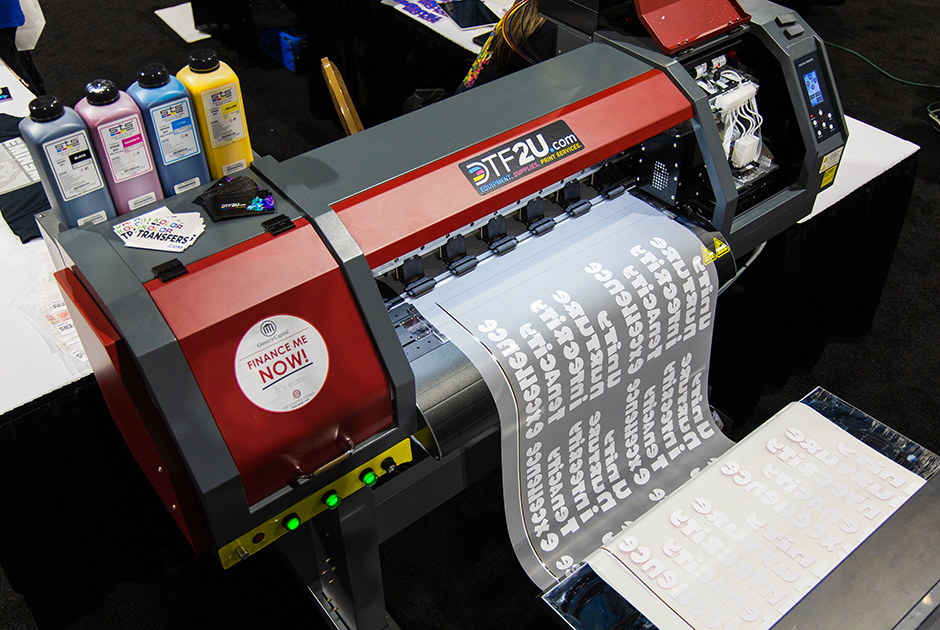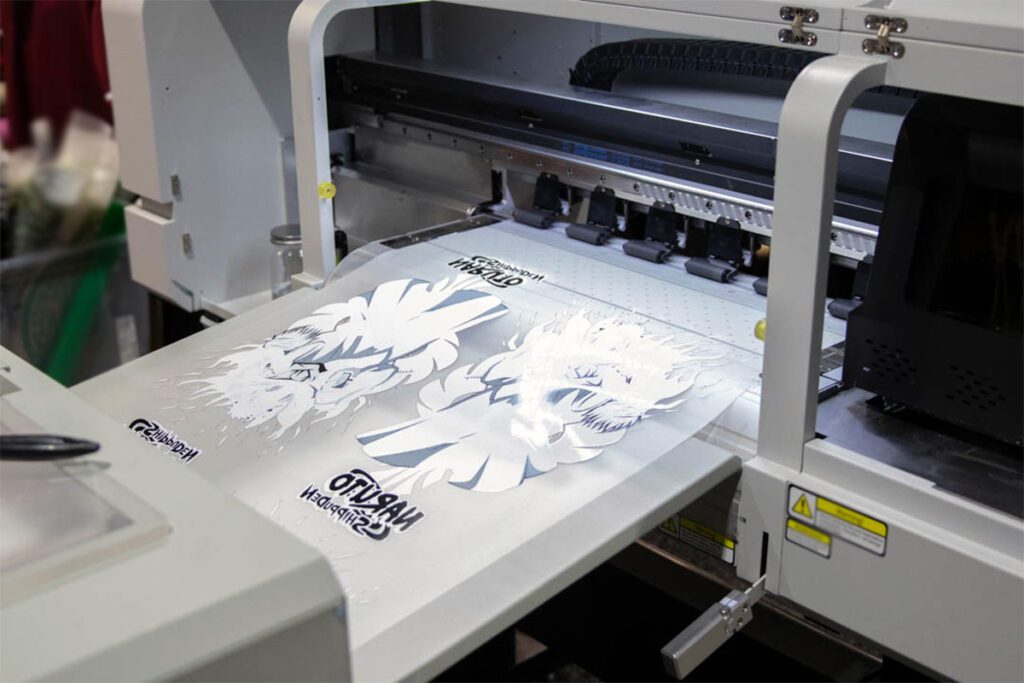Using the Power of DTF Printing: Methods for High-Quality Fabric Styles
Using the Power of DTF Printing: Methods for High-Quality Fabric Styles
Blog Article
Ultimate Guide to DTF Printing Strategies for Sensational Fabric Designs
Getting started on the trip of grasping DTF printing techniques can open up a world of opportunities for producing visually captivating fabric layouts. In this guide, we will discover the detailed details of DTF printing, from understanding the fundamental essentials to unraveling advanced color strategies that can raise your designs to brand-new elevations.
Comprehending DTF Printing Basics
DTF printing, a procedure that includes transferring layouts from a special film to fabrics making use of warm and pressure, creates the foundation of textile printing methods. This innovative approach enables premium, dynamic layouts to be effortlessly transferred onto numerous fabrics with accuracy and detail. The first action in DTF printing entails producing or choosing a design that will certainly be printed onto the textile. This style is after that published onto a special movie using a DTF printer, which uses specific dyes or pigments to ensure shade precision and longevity.
The final result is a sensational, durable fabric design that is washable, adaptable, and resistant to fading. Overall, comprehending the fundamentals of DTF printing is crucial for mastering this contemporary fabric printing method.
Choosing the Right Fabric Products
Having established the foundational concepts of DTF printing methods for fabric styles, the next important factor to consider depends on choosing the proper textile materials to complement this cutting-edge procedure properly. The success of a DTF print mainly depends upon the compatibility between the picked material and the printing method. When choosing textile products for DTF printing, it is vital to take into consideration the material's composition, weave, and texture. Fabrics that function well with DTF printing include polyester blends, spandex, nylon, and other artificial materials. These fabrics typically have a smooth surface area that permits for detailed and vivid prints. In addition, the stretchability of these materials can accommodate the warm transfer process associated with DTF printing without misshaping the design. It is recommended to prevent natural fibers such as cotton or silk, as they might not produce the exact same level of print clearness and longevity. By choosing the ideal textile materials, designers can make best use of the possibility of DTF printing to develop sensational and resilient textile layouts.

Mastering the Printing Process
To succeed in DTF printing methods for fabric styles, mastering the printing procedure is important for achieving premium and consistent outcomes. The temperature, pressure, and period of heat application should be carefully regulated to make sure appropriate adhesion of the style to the textile. By honing each of these steps in the printing procedure, designers can constantly create spectacular and sturdy textile layouts with DTF printing methods.
Enhancing Designs With Shade Methods

Additionally, exploring with shade gradients can bring a feeling of motion and fluidness to the style. By blending shades perfectly, a slope effect can be achieved, adding a vibrant and contemporary touch to the textile style. Additionally, utilizing shade blocking methods can develop strong and striking visuals by comparing various solid shades in distinct areas of the layout.
Additionally, incorporating metal or neon shades can give a special and captivating component to the textile design, making it attract attention and exhibit a sense of vibrancy. When purposefully used, these shade methods can raise the overall visual charm of textile layouts, making them extra try here remarkable and fascinating.
Troubleshooting Common DTF Printing Issues
After checking out numerous color techniques to boost textile layouts, it is click for info important to attend to typical DTF printing issues that may arise throughout the production process. Additionally, problems with picture clarity and sharpness can occur due to low-resolution pictures or improper printing strategies. By being aware of these typical issues and executing the required troubleshooting steps, you can improve the total high quality of your DTF printed textile designs.
Conclusion
In verdict, understanding DTF printing methods is vital for producing magnificent textile designs. By understanding the fundamentals of DTF printing, choosing the ideal products, and enhancing designs with shade methods, one can attain outstanding outcomes. It is essential to repair usual concerns that might occur throughout the printing process to ensure a successful outcome. With practice and attention to detail, one can produce unique and attractive textile designs utilizing DTF printing techniques.
DTF printing, a process that entails transferring designs from a special movie to fabrics utilizing heat and stress, forms the foundation of fabric printing strategies.Having actually developed the fundamental principles of DTF printing techniques for textile designs, the next critical factor to consider lies in picking the suitable fabric products to complement this ingenious procedure efficiently. By selecting the ideal fabric products, designers can optimize the potential of DTF printing to develop durable and magnificent textile layouts.
To excel in DTF printing strategies for textile styles, grasping the printing procedure is crucial for attaining constant and high-grade outcomes. DTF Printing. By refining each of these steps in the printing procedure, designers can regularly produce spectacular and long lasting textile styles with DTF printing techniques
Report this page